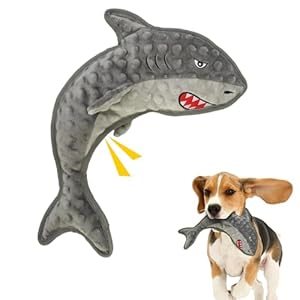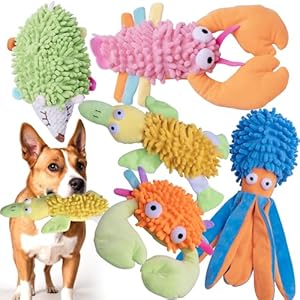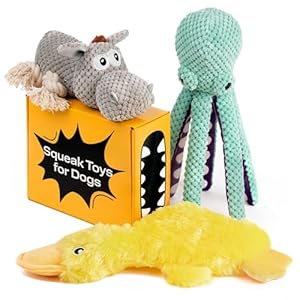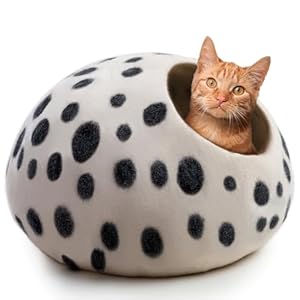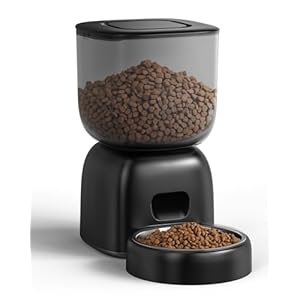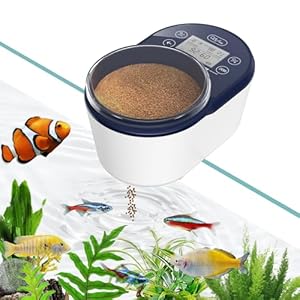
When selecting a cage for your small animal, you must carefully consider various factors to ensure their well-being and happiness. Size and material are crucial aspects to ponder, but there’s more to it than that. Think about the specific needs of your pet and how the cage can cater to those requirements. It’s not just about the physical space; it’s about creating an environment that fosters their natural behaviors and activities. The right cage can make a significant difference in your small animal’s quality of life, so choosing wisely is key.
Cage Size Matters
When choosing a cage for your small animal, ensure that it’s spacious enough for them to move comfortably. It’s essential to provide your furry friend with ample room to stretch, play, and exercise. A cramped cage can lead to stress and health issues for your pet, so opt for a size that allows them to move around freely.
Consider the specific needs of your small animal when determining the appropriate cage dimensions. For example, a hamster may require less space than a guinea pig or a rabbit.
Remember that a larger cage not only benefits your pet’s physical health but also contributes to their mental well-being. Having enough space to explore and engage in natural behaviors can help prevent boredom and behavioral problems. Additionally, a spacious cage makes it easier for you to add enrichments like toys, tunnels, and hiding spots to keep your small animal entertained.
Prioritize your pet’s comfort and happiness by choosing a cage size that meets their needs.
Choosing the Right Material
As you consider the right material for your small animal’s cage, prioritize durability and safety to provide a secure environment for your furry friend. When choosing a cage material, opt for options like stainless steel, powder-coated metal, or sturdy plastics. These materials aren’t only durable but also easy to clean, preventing bacteria buildup and ensuring a hygienic environment for your pet.
Avoid cages made of wood or wire that may splinter or pose a risk of injury to your small animal. Additionally, consider the size of your pet and their habits; for example, if you have a chewer, ensure the material is non-toxic and resistant to gnawing. Keep in mind that ventilation is crucial, so select a material that allows for proper airflow within the cage.
Design Considerations
Consider the layout and accessibility features that align with your small animal’s needs when evaluating design considerations for their cage. Ensure the cage has ample space for your pet to move around comfortably, with separate areas for sleeping, eating, and exercising.
Look for cages with multiple levels or platforms to provide vertical space for climbing and jumping, especially for active animals like ferrets or rats. Opt for cages with secure latches and doors that are easy for you to open but difficult for your pet to escape from. Additionally, consider the bar spacing of the cage to prevent your small animal from getting stuck or escaping.
Choose a design that allows for easy cleaning and maintenance, such as cages with removable trays or doors that swing open wide. Keep in mind your pet’s specific needs and behaviors when selecting a cage design to ensure their safety and well-being.
Additional Features to Look For
Look for cages that come equipped with built-in tunnels or hiding spots to provide your small animal with enrichment and stimulation. These features allow your pet to engage in natural behaviors like burrowing and exploring, promoting their physical and mental well-being. Additionally, consider cages with multiple levels or platforms to create a dynamic environment that encourages movement and exercise. Small animals, such as hamsters and mice, enjoy climbing and perching on different levels, mimicking their natural habitat.
Another important feature to look for is easy accessibility for cleaning and maintenance. Cages with large doors or removable sections make it simpler to reach all areas of the cage, ensuring a hygienic living space for your pet. Furthermore, cages with chew-proof materials or coatings can prevent your small animal from damaging the enclosure and potentially escaping.
Lastly, consider cages that offer attachment points for toys and accessories. These additions can enhance your pet’s living space and provide them with opportunities for play and exploration. By selecting a cage with these additional features, you can create a comfortable and stimulating environment for your small animal to thrive.
Trending Products

